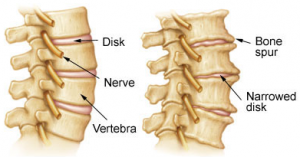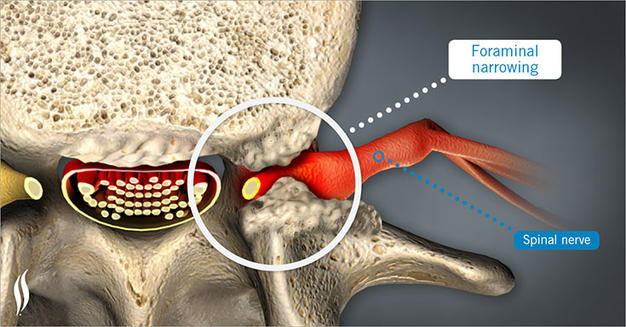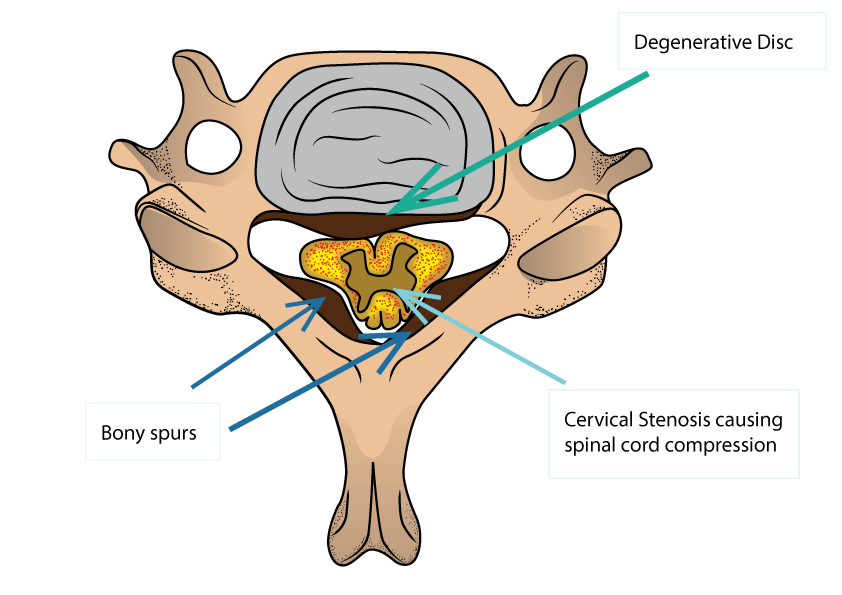Cervical Spondylosis
Neck pain can be caused by many things—but is most often related to getting older. Like the rest of the body, the disks and joints in the neck (cervical spine) slowly degenerate as we age. Cervical spondylosis, commonly called arthritis of the neck, is the medical term for these age-related, wear-and-tear changes that occur over time.
Cervical spondylosis is extremely common. More than 85 percent of people over the age of 60 are affected. The condition most often causes pain and stiffness in the neck—although many people with cervical spondylosis experience no noticeable symptoms. In most cases, cervical spondylosis responds well to conservative treatment that includes medication and physical therapy. In the absence of nerve compression, this condition does not improve with surgery.
For more information on Cervical Spondylosis (Arthritis of the Neck), CLICK HERE



